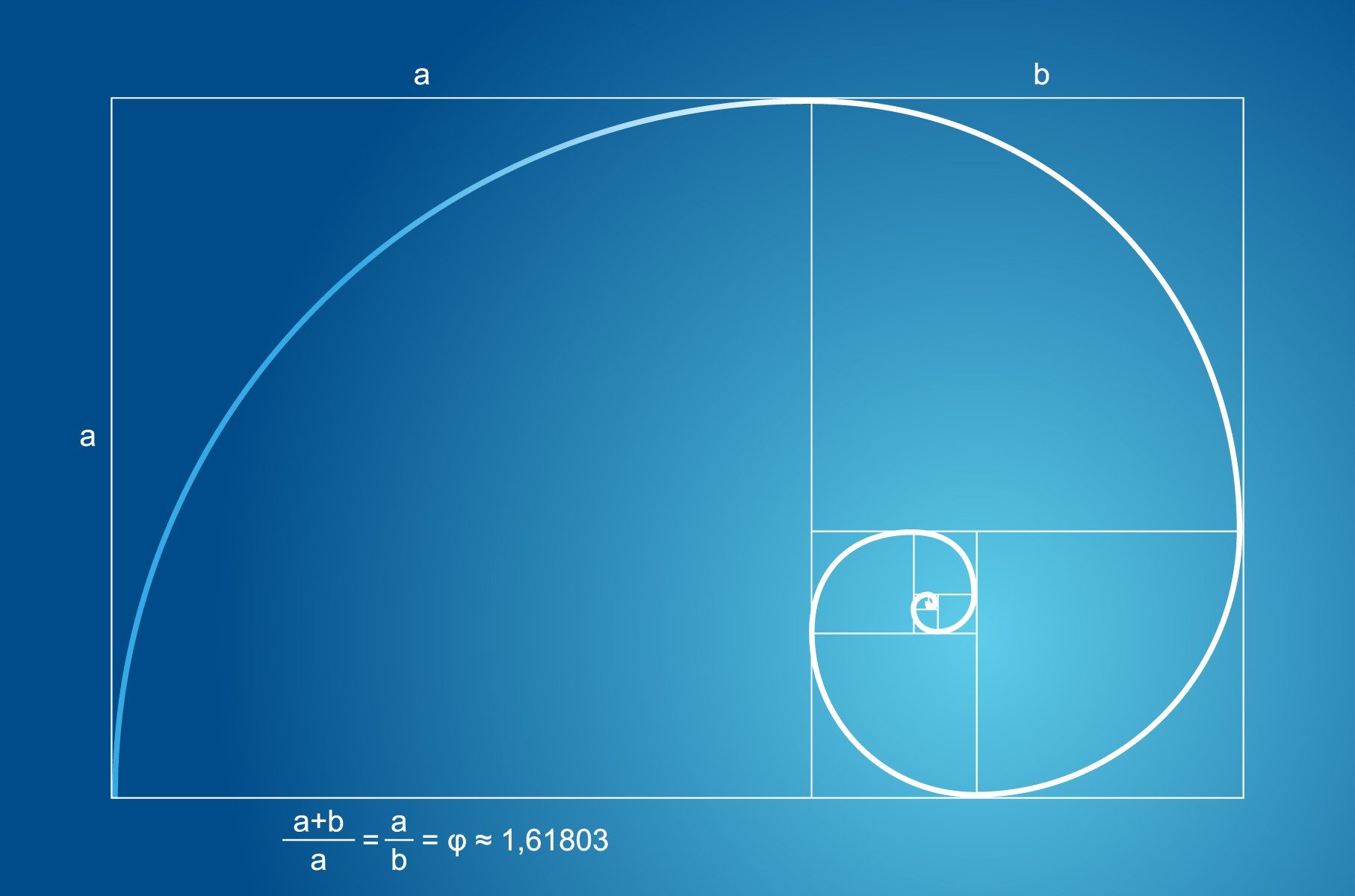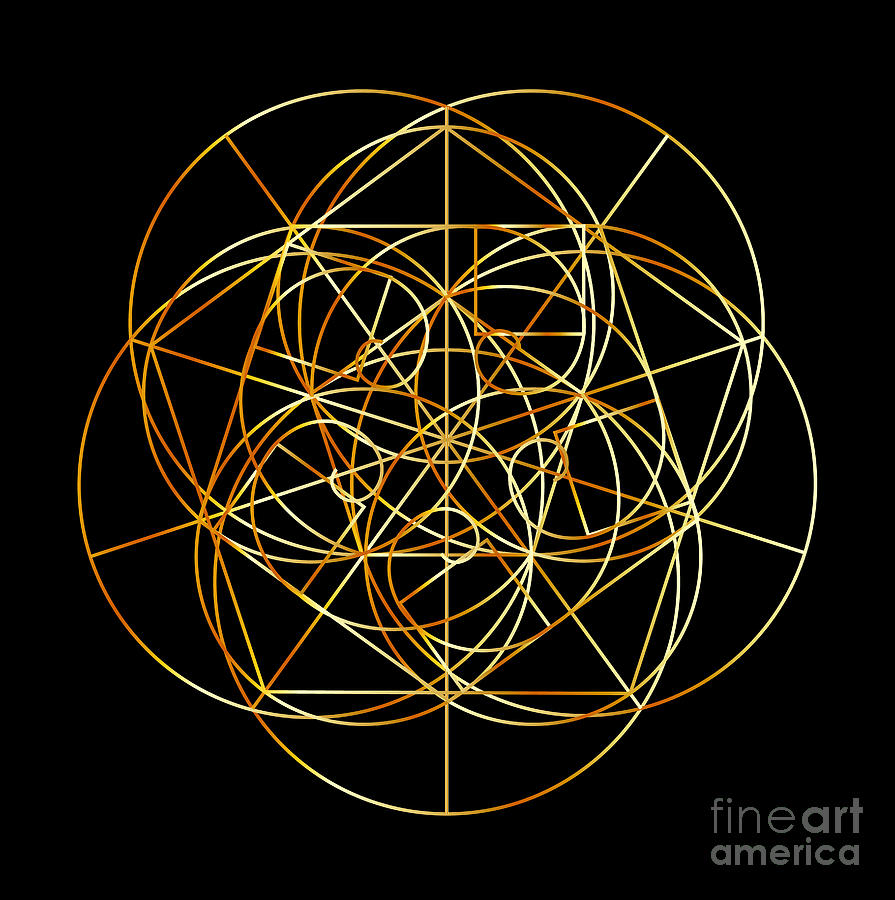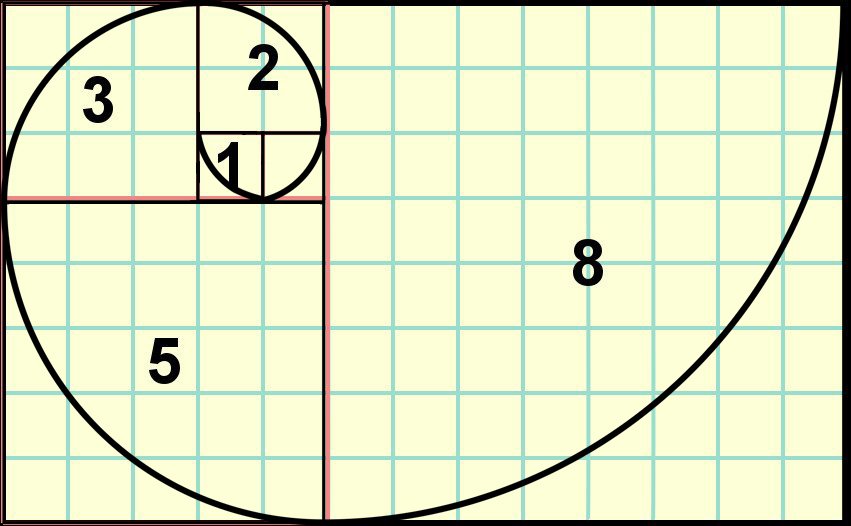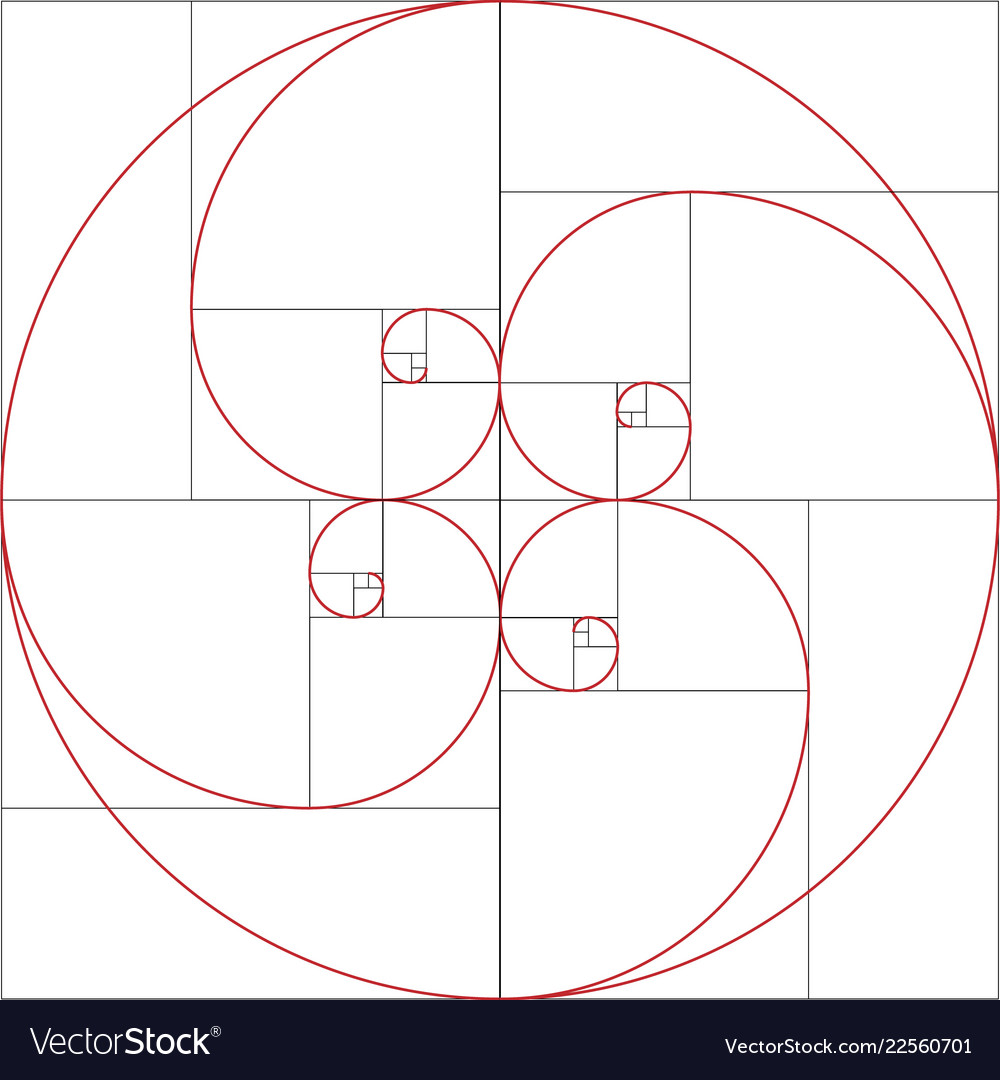
Fibonacci sequence Gcse photography Briar CURLEY
It is an Irrational Number (meaning we cannot write it as a simple fraction), but more than that. it is as far as we can get from being near any fraction. Just being irrational is not enough Pi ( 3.14159265. ), which is also irrational. Unfortunately it has a decimal very close to 1/7 (= 0.142857.), so it ends up with 7 arms.

Elementary math, beautiful math Introduction and a property of
That rectangle above shows us a simple formula for the Golden Ratio. When the short side is 1, the long side is 1 2+√5 2, so: φ = 1 2 + √5 2. The square root of 5 is approximately 2.236068, so the Golden Ratio is approximately 0.5 + 2.236068/2 = 1.618034. This is an easy way to calculate it when you need it.

The Fibonacci Sequence, Golden Ratio, Same Thing? K PYERO
Golden Ratio, Phi, 1.618, and Fibonacci in Math, Nature, Art, Design, Beauty and the Face. One source with over 100 articles and latest findings.. Liechtenstein 2013 Commemorative Fibonacci Sequence and Phi Stamp set: The Principality of Liechtenstein, a landlocked micro-state bordered by Switzerland and Austria, issued a set of three stamps.

What Is the Fibonacci Sequence and How It Unites Nature, Art and
That is, Phi is a geometric construction (concerning the properties of figures) that occurs as follows: Phi shown as a line divided in two segments, a and b, so that the whole line (a+b) is to the longer segment a the same as a is to the shorter segment b φ = (a+b) / a = a / b / Image: Wikimedia commons

Visualizing Math Fibonacci spiral art, Geometric drawing, Mathematics art
The Fibonacci sequence is an integer sequence defined by a simple linear recurrence relation. The sequence appears in many settings in mathematics and in other sciences. In particular, the shape of many naturally occurring biological organisms is governed by the Fibonacci sequence and its close relative, the golden ratio. The first few terms are.

Fibonacci_spiral_34 Math! Science! History!
In mathematics, the Fibonacci sequence is a sequence in which each number is the sum of the two preceding ones. Numbers that are part of the Fibonacci sequence are known as Fibonacci numbers, commonly denoted Fn .

The fabulous Fibonacci sequence in nature Science Vibe
Fibonacci (born c. 1170, Pisa?—died after 1240) medieval Italian mathematician who wrote Liber abaci (1202; "Book of the Abacus"), the first European work on Indian and Arabian mathematics, which introduced Hindu-Arabic numerals to Europe. His name is mainly known because of the Fibonacci sequence.

golden ratio, Fibonacci sequence, Mathematics HD Wallpapers / Desktop
Fibonacci Sequence. The Fibonacci sequence is a list of numbers. Start with 1, 1, and then you can find the next number in the list by adding the last two numbers together. The resulting (infinite) sequence is called the Fibonacci Sequence. Since we start with 1, 1, the next number is 1+1=2. We now have 1, 1, 2.

Fibonacci Spiral with Numbers on White Background. Stock Illustration
Leonardo Pisano Fibonacci (1170-1240 or 1250) was an Italian number theorist. He introduced the world to such wide-ranging mathematical concepts as what is now known as the Arabic numbering system, the concept of square roots, number sequencing, and even math word problems. Fast Facts: Leonardo Pisano Fibonacci
/__opt__aboutcom__coeus__resources__content_migration__mnn__images__2012__10__Fibonacci_Golden-Ratio_Nature-de28a25e595f4fb8866b0e04755ce34a.jpg)
Fibonacci sequence hromxs
The Fibonacci sequence exhibits a certain numerical pattern which originated as the answer to an exercise in the first ever high school algebra text. This pattern turned out to have an interest and importance far beyond what its creator imagined. It can be used to model or describe an amazing variety of

Fibonacci Keith Critchlow Sacred geometry, Geometry art, Geometric
Geometric Constructions Involving Phi This is an excerpt from Master Fibonacci: The Man Who Changed Math. All citations are catalogued on the Citations page. FIBONACCI NUMBERS (Previous Section: The Golden Ratio) Buy Now on Amazon

How To Draw Fibonacci Sequence at How To Draw
The Rule The Fibonacci Sequence can be written as a "Rule" (see Sequences and Series ). First, the terms are numbered from 0 onwards like this: So term number 6 is called x6 (which equals 8). So we can write the rule: The Rule is xn = xn−1 + xn−2 where: xn is term number "n" xn−1 is the previous term (n−1) xn−2 is the term before that (n−2)

"Fibonacci Golden Ratio gold spiral sacred geometry sequence science
The Fibonacci sequence has several interesting properties. 1) Fibonacci numbers are related to the golden ratio. Any Fibonacci number can be calculated (approximately) using the golden ratio, F n = (Φ n - (1-Φ) n )/√5 (which is commonly known as "Binet formula"), Here φ is the golden ratio and Φ ≈ 1.618034.

Fibonacci Spiral The Sacred Geometry Digital Art by Shawlin
Fibonacci sequence, the sequence of numbers 1, 1, 2, 3, 5, 8, 13, 21,., each of which, after the second, is the sum of the two previous numbers; that is, the n th Fibonacci number Fn = Fn − 1 + Fn − 2.

Fibonacci Sequence
Leonardo Pisano, commonly known as Fibonacci (1175 - 1250) was an Italian mathematician. He is best known for the number sequence named after him: 1, 1, 2, 3, 5, 8, 13,. Fibonacci is also responsible for popularising the Arabic numerals (0, 1, 2, 3, 4,.) in Europe, which was still using Roman numerals (I, V, X, D,.) in the 12th century CE.

Fibonacci spiral golden ratio Royalty Free Vector Image
The Golden Ratio has the decimal approximation of \ (\phi=1.6180339887\). The Golden Ratio is a special number for a variety of reasons. It is also called the divine proportion and it appears in art and architecture. It is claimed by some to be the most pleasing ratio to the eye.